Complete Multi-Modular Architecture for Android Development
Loại khoá học: Mobile Development
Build a Multi-Module, Industry ready Android app with Kotlin, Authentication and a Mongo DB's Device Sync as a Database.
Mô tả
In this course I'm going to teach you how to build an Android Application by implementing the Multi-Modular Architecture. You will learn everything about properly configuring the project in order to make a maintainable structure that can grow easily!
Modularization is an unavoidable Architecture when working on a big, industry level code bases that pretend to expand furthermore. Almost every employer our there, will appreciate your experience with working on a multi-modular projects. But that can be tough when you are a beginner, since it's hard to find a quality source of information on this topic. However, with that knowledge, it means that you will definitely stand out from the crowd when applying for a job. You will feel confident!
This course is a beginner friendly. Which means that you don't need to have any experience with this kind of an architecture, to be able to follow along. And the proof of that is the actual structure of this same course. First, we are going to build an android application without the multi-module architecture, so that you can get introduced with the project itself. And only after we fully complete the app, then we are going to refactor the project, and split it up into multiple different modules.
That way you will learn not just how to create and maintain a multi-module project, but also how to refactor an existing project to follow that same architecture and structure!
We are going to build a beautiful Diary application by using the newest API's and technologies for Android Development. Like the ROOM library for a local database, Jetpack Compose for building the UI of our application, New Splash API, Material 3, Kotlin Coroutines, Dagger-Hilt dependency injection library, One-Tap Sign in with Google, Firebase Authentication, Firebase Storage, Mongo Authentication, Mongo Realm Database, but also a Mongo Realm/Device Sync service as well.
With Device Sync we will be able to easily synchronize the data between a client-side database(Android) and a powerful, fully managed back-end in Atlas. With out-of-the-box networking code and conflict resolution. Device Sync is especially helpful for apps that must continue to function when are offline, or apps that offer real-time collaboration.
When offline, changes in the database will be saved locally, until you receive back an internet connection, when the changes will be automatically pushed on the back-end without any action from your side. Which is amazing!
With a Mongo Device Sync, you will be able to build Industry-ready apps quite easily,with minimal effort!
Bottom line, this course is going to teach you a lot of stuff.
Wait no more and enroll now!
Bạn sẽ học được gì
Multi-Modular Architecture for Android Development
Mongo DB
Mongo Authentication
Mongo DB Realm
Mongo DB Realm/Device Sync
Mongo Atlas
Realm Kotlin SDK
Synchronize the data between a client and the server
Jetpack Compose
Material 3
Dagger-Hilt
ROOM Database
Firebase Authentication
Firebase Storage
Google Authentication
One-Tap Sign in with Google
Splash API
JWT Authentication
Animation
Custom UI Components
Diary Application
Flexible Sync
Permissions
Version Catalog
And more...
Yêu cầu
- Kotlin programming language
- Android Studio basics
- Jetpack Compose basics
- Basic knowledge of Android Architecture components is a plus
Nội dung khoá học
Viết Bình Luận
Khoá học liên quan

Đăng ký get khoá học Udemy - Unica - Gitiho giá chỉ 50k!
Get khoá học giá rẻ ngay trước khi bị fix.


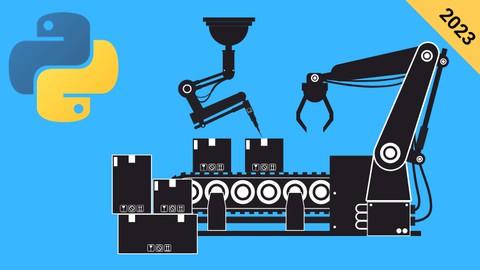
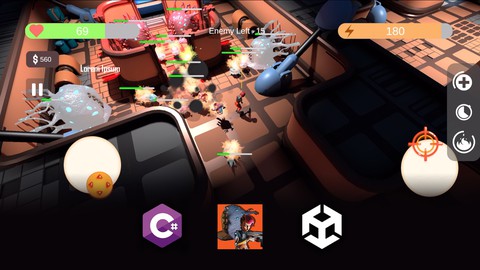

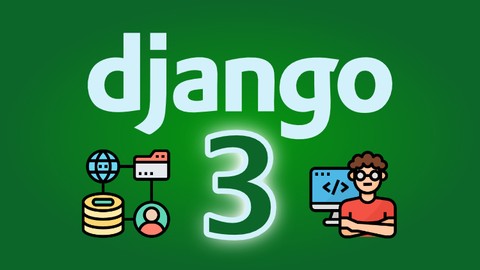
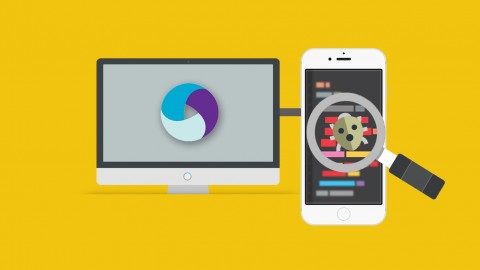



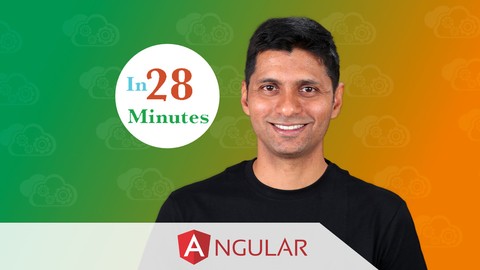


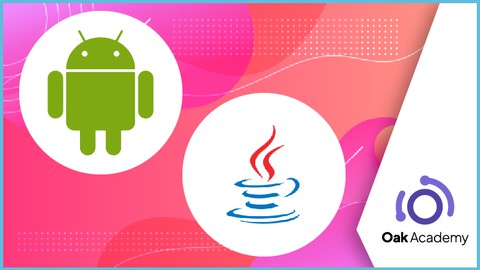



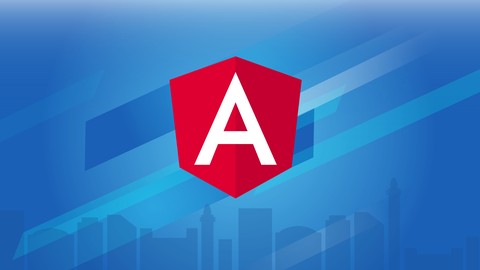
Đánh giá của học viên
Bình luận khách hàng